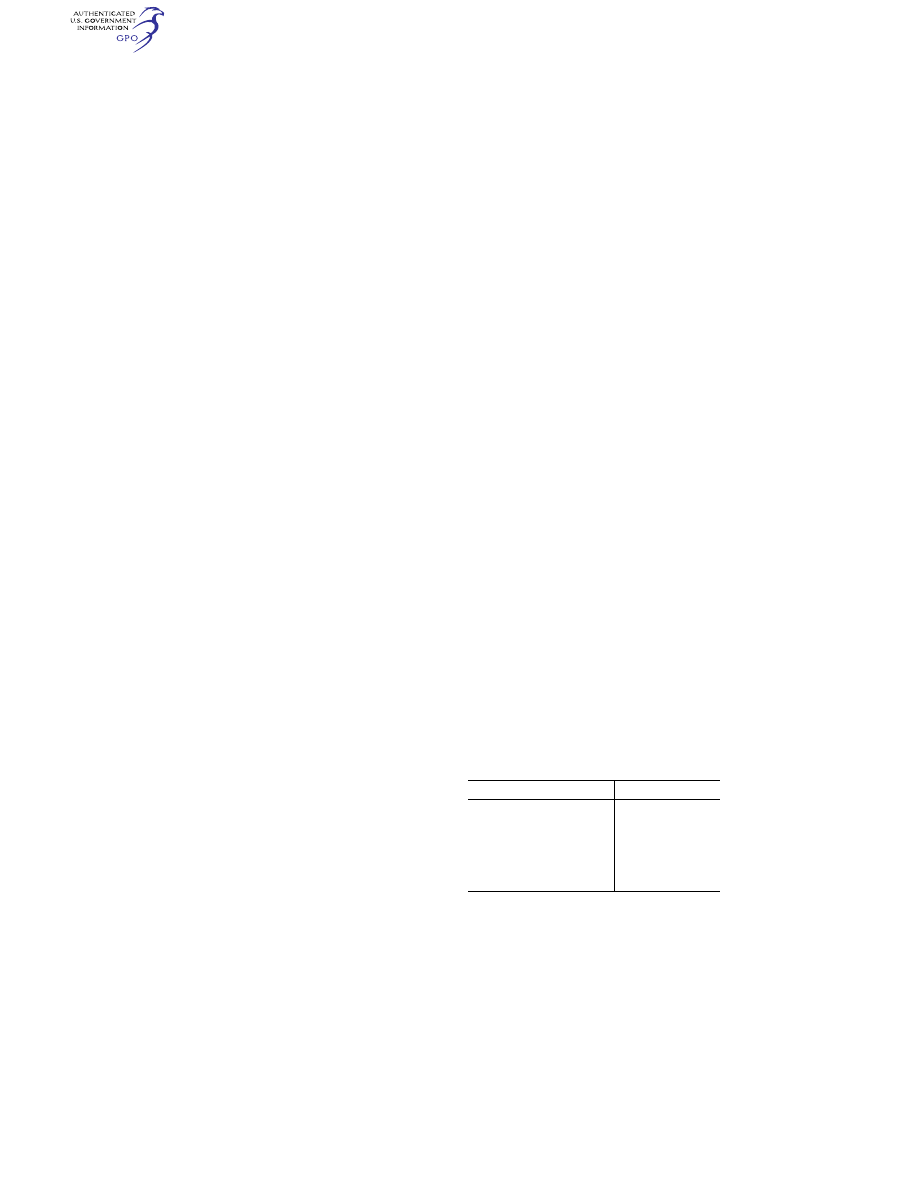
303
Federal Aviation Administration, DOT
§ 25.851
than, the airport elevation by 2,000
feet, provided—
(1) In the event of probable failure
conditions of the cabin pressurization
system, the cabin pressure altitude
must not exceed 15,000 feet, or 2,000 feet
above the airport elevation, whichever
is higher; and
(2) The cabin pressurization system is
designed to minimize the time in flight
that occupants may be exposed to
cabin pressure altitudes exceeding 8,000
feet.
(d) When operating into or out of air-
ports with elevations at or above 8,000
feet, the cabin pressure high altitude
warning alert may be provided at up to
15,000 feet, or 2,000 feet above the air-
plane’s maximum takeoff and landing
altitude, whichever is greater, pro-
vided:
(1) During landing, the change in
cabin pressure high altitude warning
alert may not occur before the start of
descent into the high elevation airport
and, following takeoff, the cabin pres-
sure high altitude warning alert must
be reset to 10,000 feet before beginning
cruise operation;
(2) Indication is provided to the
flightcrew that the cabin pressure high
altitude warning alert has shifted
above 10,000 feet cabin pressure alti-
tude; and
(3) Either an alerting system is in-
stalled that notifies the flightcrew
members on flight deck duty when to
don oxygen in accordance with the ap-
plicable operating regulations, or a
limitation is provided in the airplane
flight manual that requires the pilot
flying the airplane to don oxygen when
the cabin pressure altitude warning has
shifted above 10,000 feet, and requires
other flightcrew members on flight
deck duty to monitor the cabin pres-
sure and utilize oxygen in accordance
with the applicable operating regula-
tions.
[Doc. No. 5066, 29 FR 18291, Dec. 24, 1964, as
amended by Amdt. 25–38, 41 FR 55466, Dec. 20,
1976; Amdt. 25–87, 61 FR 28696, June 5, 1996;
Amdt. No. 25–151, 88 FR 39160, June 15, 2023;
88 FR 44032, July 11, 2023]
§ 25.843
Tests for pressurized cabins.
(a)
Strength test. The complete pres-
surized cabin, including doors, win-
dows, and valves, must be tested as a
pressure vessel for the pressure dif-
ferential specified in § 25.365(d).
(b)
Functional tests. The following
functional tests must be performed:
(1) Tests of the functioning and ca-
pacity of the positive and negative
pressure differential valves, and of the
emergency release valve, to stimulate
the effects of closed regulator valves.
(2) Tests of the pressurization system
to show proper functioning under each
possible condition of pressure, tem-
perature, and moisture, up to the max-
imum altitude for which certification
is requested.
(3) Flight tests, to show the perform-
ance of the pressure supply, pressure
and flow regulators, indicators, and
warning signals, in steady and stepped
climbs and descents at rates cor-
responding to the maximum attainable
within the operating limitations of the
airplane, up to the maximum altitude
for which certification is requested.
(4) Tests of each door and emergency
exit, to show that they operate prop-
erly after being subjected to the flight
tests prescribed in paragraph (b)(3) of
this section.
F
IRE
P
ROTECTION
§ 25.851
Fire extinguishers.
(a)
Hand fire extinguishers. (1) The fol-
lowing minimum number of hand fire
extinguishers must be conveniently lo-
cated and evenly distributed in pas-
senger compartments:
Passenger capacity
No. of extinguishers
7 through 30 ...............................
1
31 through 60 .............................
2
61 through 200 ...........................
3
201 through 300 ............................
4
301 through 400 ............................
5
401 through 500 ............................
6
501 through 600 ............................
7
601 through 700 ............................
8
(2) At least one hand fire extin-
guisher must be conveniently located
in the pilot compartment.
(3) At least one readily accessible
hand fire extinguisher must be avail-
able for use in each Class A or Class B
cargo or baggage compartment and in
each Class E or Class F cargo or bag-
gage compartment that is accessible to
crewmembers in flight.
(4) At least one hand fire extin-
guisher must be located in, or readily
VerDate Sep<11>2014
09:06 Jun 28, 2024
Jkt 262046
PO 00000
Frm 00313
Fmt 8010
Sfmt 8010
Y:\SGML\262046.XXX
262046
jspears on DSK121TN23PROD with CFR